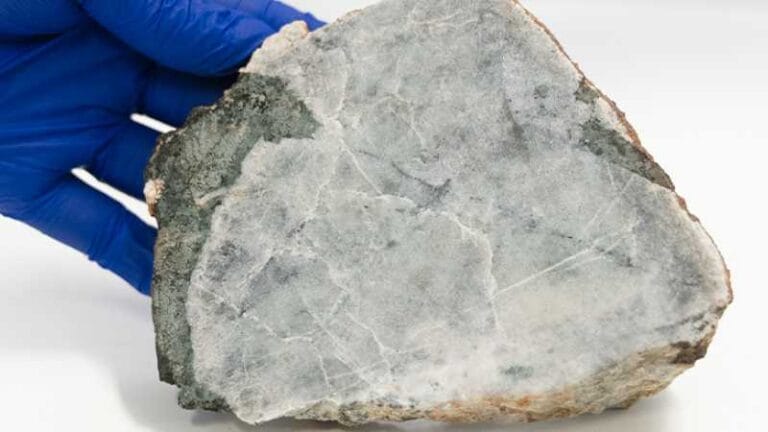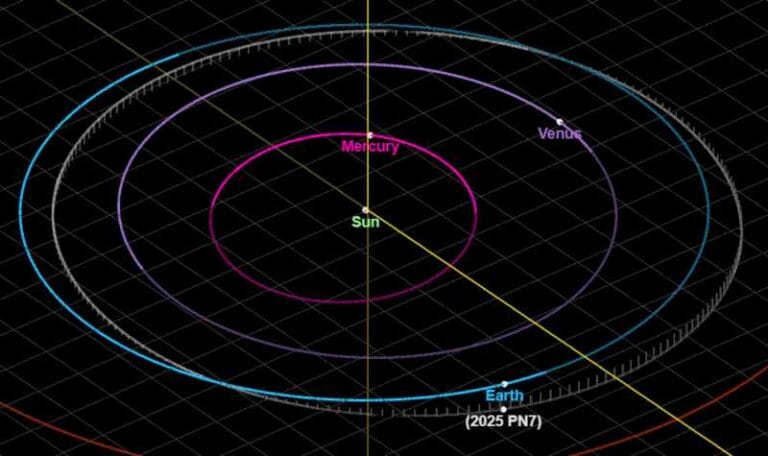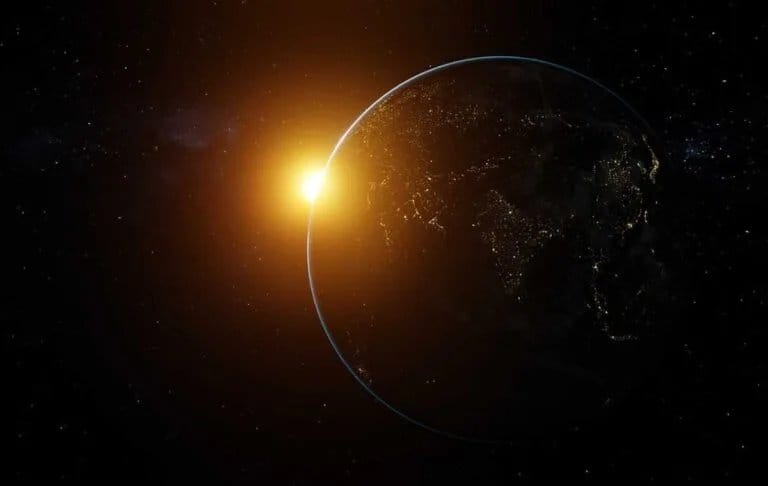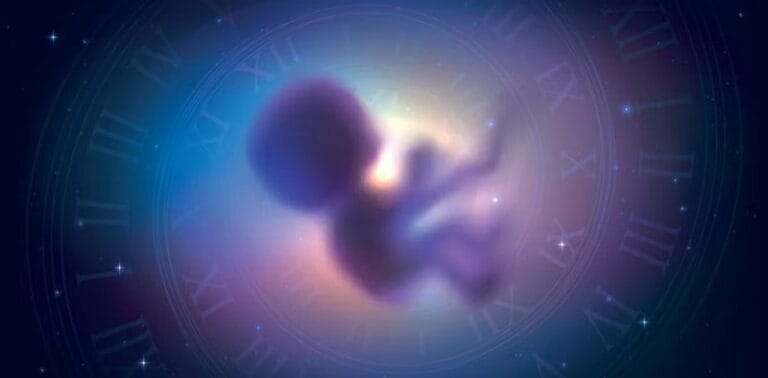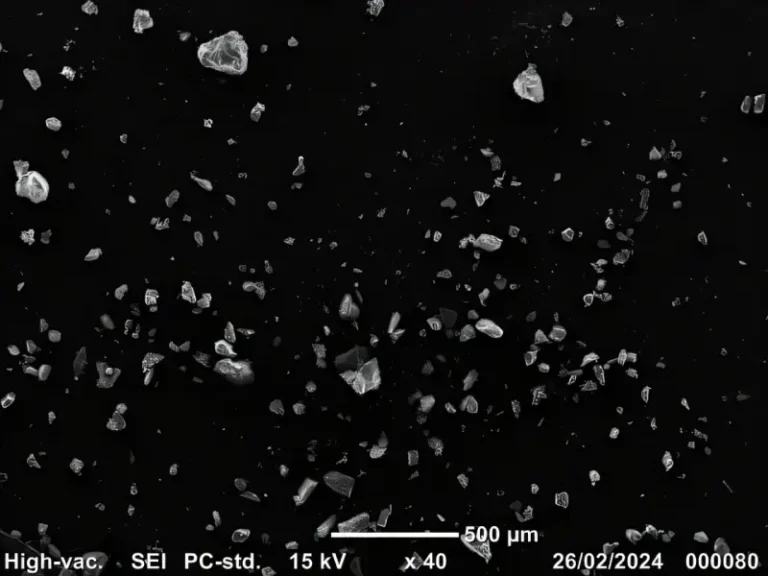Did habitable worlds appear before galaxies?
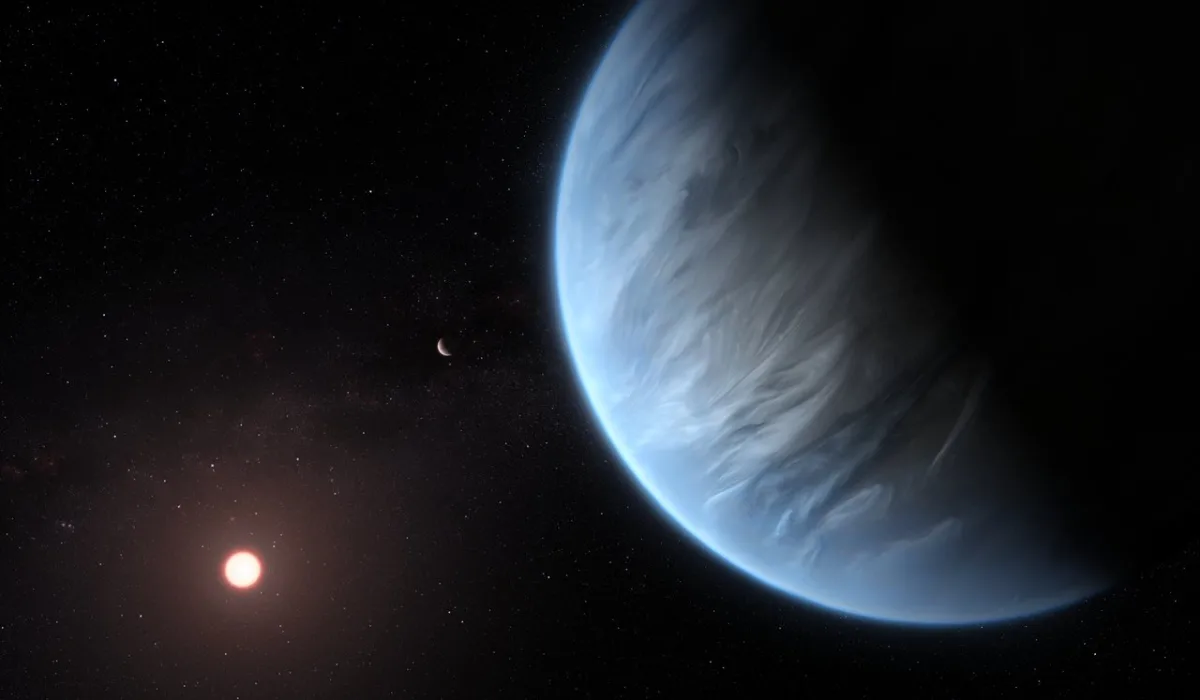
What Came First: Galaxies or Planets?
Traditionally, the answer has always been galaxies. However, groundbreaking research is beginning to challenge this long-held belief. Could habitable planets have formed before galaxies even existed?
In the immediate aftermath of the Big Bang, the Universe was a simple place, composed almost entirely of hydrogen (about 75% of the mass) and helium (the remaining 25%), with trace amounts of lithium and possibly beryllium. Heavier elements, crucial for the formation of rocky planets, simply didn’t exist. Only after several hundred million years, when the first stars and galaxies began to form, did processes like nuclear fusion and supernovae start to forge these essential heavier elements. Successive generations of stars enriched the Universe with these materials, eventually enabling the formation of rocky, and potentially habitable, planets—a cornerstone assumption in astronomy.
However, new research from Daniel Whalen and his team at the Institute of Cosmology and Gravitation, University of Portsmouth, proposes a radical idea. Their study, titled “Habitable Worlds Formed at Cosmic Dawn” and available on arXiv.org, suggests that habitable planets might have emerged during the Cosmic Dawn, before galaxies had even formed.
The hypothesis revolves around primordial supernovae—the explosive deaths of the Universe’s first stars, known as Population III stars. These stars were extraordinarily massive, lived for just a few million years, and ended their lives in spectacular pair-instability supernovae, peaking around redshift 20. Simulations indicate that these stars formed in dark matter halos where the temperature allowed molecular hydrogen to accumulate.
When these early stars exploded, the resulting supernovae enriched their surroundings with heavy elements, creating conditions conducive to the formation of rocky planets. According to Whalen and his team’s simulations using the Enzo code, low-mass stars could have formed in the aftermath of these explosions. Around these stars, planetesimals could coalesce, leading to the formation of rocky, potentially habitable worlds—all before the first galaxies came into existence.
The process begins with a star of approximately 200 solar masses. Such a star would burn brightly but briefly, living only about 2.6 million years before exploding as a pair-instability supernova. The explosion disperses heavy elements, enriching the surrounding bubble with high metallicity. Within roughly 3 million years, hydrostatic instabilities in the enriched material could trigger the formation of a dense core, leading to the birth of a low-mass star, around 35 solar masses, and potentially rocky planets in orbit.
“All known prerequisites for planet formation in this core are fulfilled: dust growth, dust enhancement in a dead zone, the onset of the streaming instability, and conversion of dust to planetesimals,” the authors explain.

This study sets itself apart from previous research by examining the unique effects of PI supernovae. When these massive explosions occur, they generate high-metallicity gas, which cools more rapidly. This accelerated cooling process enables the next generation of stars to form sooner, paving the way for the creation of planetesimals and planets.
In the simulation, a protostar with a mass of 0.3 times that of the Sun emerged. Around it, planetesimals began to form within a range of 0.46 to 1.66 AU. Since water is essential for life, the study also explored the availability of water in this young solar system. Remarkably, the results revealed a water content comparable to that of our own Solar System.

Planetesimals formed within the circumstellar disk surrounding the low-mass star, gradually coalescing into planets. Thanks to the primordial supernovae, elements like carbon, oxygen, and iron—key building blocks for rocky planets and potentially life—were already present.
What’s truly remarkable is the implication that this process might have occurred before the formation of the first galaxies. If confirmed, it could redefine our understanding of the Universe’s history and the emergence of life. However, this conclusion is based on a single simulation. The next step is determining how observations can substantiate these findings.
“These planets could be detected as extinct worlds around ancient, metal-poor stars in the Galaxy in future exoplanet surveys,” Whelan and his fellow researchers write in their paper.
The authors suggest that under the right conditions, rocky planets could have formed even earlier than their simulations indicate. If true, this could drastically alter our understanding of the Universe’s evolutionary timeline.
However, this hypothesis rests on the existence of primordial supernovae. While there is some evidence supporting their occurrence, confirming their existence remains challenging. Observing these supernovae is incredibly difficult due to their vast distances and faintness, as they happened in the Universe’s earliest epochs—well beyond the reach of current observational technology.
Adding to the uncertainty are the Population III stars, believed to be the progenitors of primordial supernovae. Key details about these stars, including their masses, lifetimes, and explosion mechanisms, remain poorly understood. Furthermore, astronomers are still piecing together a coherent picture of the extreme conditions in the early Universe. These layers of uncertainty underscore the complexity of exploring this frontier of cosmic history.

Despite these challenges, the existence of primordial supernovae cannot be dismissed. As a result, astronomers also can’t rule out the possibility of very early habitable planets forming in the Universe’s infancy.
- See also: A Mission to Dive Titan’s Lakes
For now, there’s no definitive way to prove or disprove the findings of this research. However, it provides an intriguing new perspective and opens the door to fresh possibilities, challenging our assumptions about the timing and conditions necessary for habitable worlds to emerge.

